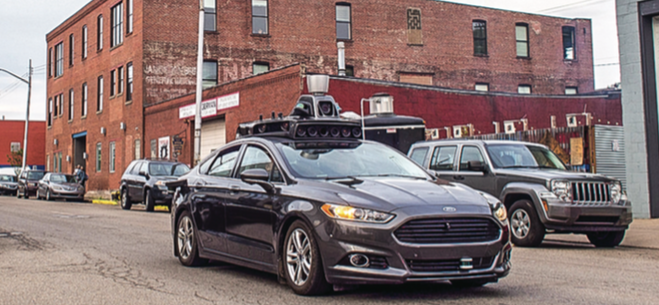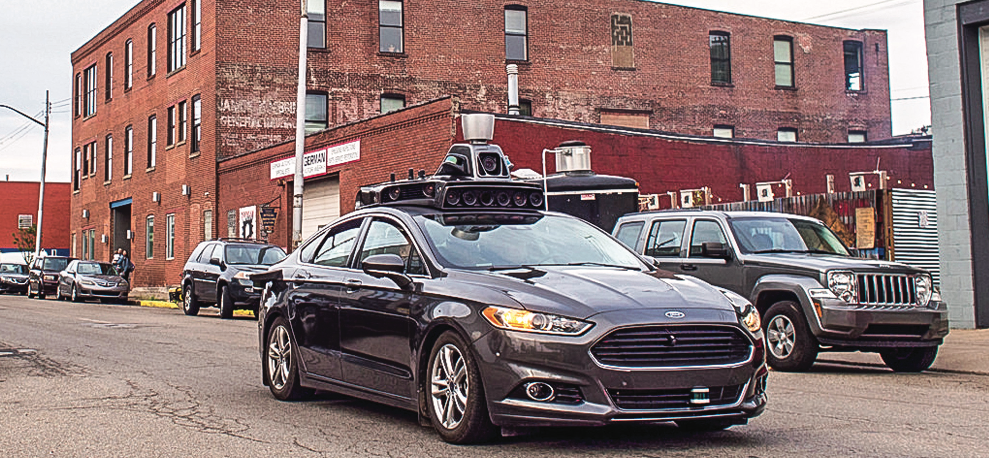Technological test drive

The age of innovation continues as self-driving cars begin to enter the market
Over the past two decades, we have seen technology move forward in leaps and bounds. What was once considered science-fiction has become a modern reality. From everyday conveniences to scientific marvels, the technical capabilities of the modern age are extensive and ever-expanding.
One of the latest innovations to appear on the horizon is the self-driving car, a fully-functioning automobile that performs all of its functions autonomously. About two years ago, Google announced its intentions to begin producing these vehicles. Now companies like Uber are beginning to integrate these cars into their everyday operations.
Imagine the implications of such an invention. A personal vehicle that takes you to and from your destination in the most efficient way possible, with no risk of human error or awkward interactions — a private vehicle for your personal journey.

ADVANCE — Driverless cars have been introduced into the mainstream through popular car services like Uber. Google Images.
Technology is meant to make life easier. It naturally moves society closer and closer toward dependence on itself. Because of this, it makes perfect sense that an autonomous car is the next step in society’s technical progression.
While the idea may seem appealing, the intricacies and implications of this new trend should give the public pause. There are a few concerns that should be addressed before introducing automated cars into the mainstream.
Using unmanned vehicles diminishes the likelihood of human error, but it also eliminates the ability to respond to potential hazards. A computer cannot account for spontaneity or plain incompetence. There are times where creativity and instinct are required to drive safely, and computers simply can’t accomplish that.
Additionally, the risk of breaking down is greater in automated cars than in normal automobiles. Driverless cars not only rely on basic mechanical functions, but they also have to rely on their technical functions working properly.
What is more, if a technical error did occur, there would be no quick fixes. Most likely, an average mechanic would not have the knowledge or experience to fix any errors that occurred within the computer systems of the vehicles.
Besides concerns about the effectiveness and integrity of the technology itself, there are other concerns that accompany the mass introduction of these vehicles into everyday life.
Today, nearly everything we own is connected. Almost any appliance or tool you can think of that runs on electric power can be accessed and controlled remotely. Even modern refrigerators can be accessed through the internet. Everything we own has become computerized to broaden our personal technology cloud.
While convenient, the mass computerization of everyday items puts people at risk. The technology behind innovations such as the driverless car is not secure and could be easily accessed remotely. A hacker could cause mass mayhem by taking control of just a few driverless vehicles.
However remote the chances of a mass hacking campaign are, the risks still exist and need to be taken into careful consideration.
Either way, it is undeniable that society is becoming more and more dependent on automated and remote systems. A proper evaluation and analysis of the current technical climate should be performed before we dive farther into our role of technological dependence.
Eagen is an opinion writer.
